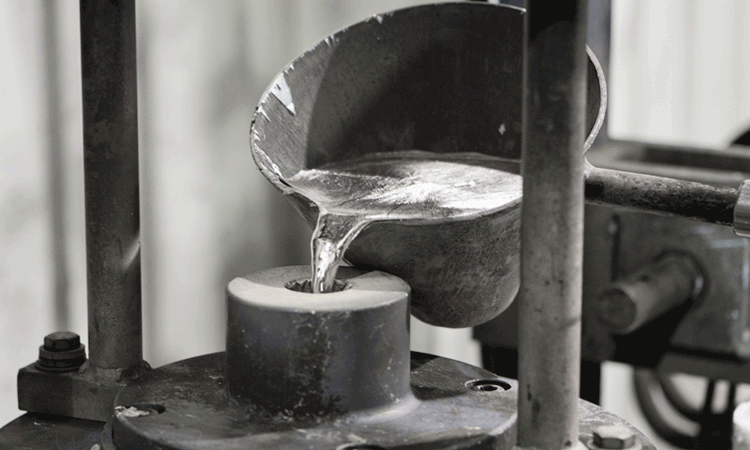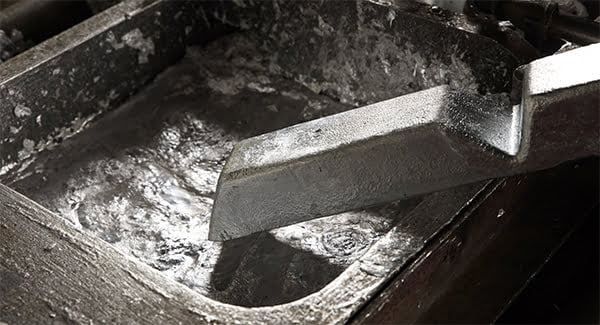
The diecasting process begins with the creation of the mold, or a die, which is constructed from steel that has been hardened to stand up to high pressures and temperatures. When the mold is made Metal alloys such as aluminum, zinc, magnesium, or copper are heated up until they become molten. The molten metal is introduced into the mold at great pressure. It is able to fill all areas of the mold including intricate sections and walls that are thin. The pressure is maintained until the metal has solidified and at that point, the mold is opened, and the newly formed part is then ejected. The high pressure method guarantees that your final product is exact and requires no any additional finishing or machining.
One of the most significant benefits of diecasting is its ability to manufacture parts with incredible dimensional precision and flawless finish on the surface. This is because high-pressure injection makes sure that every element in the mold is recreated making parts with precise tolerances that require little to any post-production effort. This is especially beneficial for creating complex geometries and small details that would be challenging or impossible to accomplish by other techniques of manufacture. Also, the repeatability of diecasting makes it a great choice for production on a large scale, as it ensures consistency across thousands of parts. Its effectiveness is also a major source of cost savings since it reduces both material waste as well as labor expenses.
Diecasting is widely used across many industries due to its versatility and range of different materials utilized. In the automobile industry, diecast parts are essential in the production of components such as engines, transmission cases, and structural parts. Aerospace industry relies on diecasting to create lightweight robust parts with high strength that can stand up to the rigorous conditions of flight. In the field of consumer electronics, diecast components are used to construct frames and housings that offer quality and durability in electronics. The versatility of diecasting also can be applied to telecom, medical and power tools industries and demonstrates its vast significance and utility. To find extra details please go to Senadiecasting

Diecasting's flexibility extends beyond its mechanical benefits to its flexibility in a variety of areas. In electronics, diecasting is utilized to make enclosures, heat sinks, and connectors which ensures that equipment is secure and perform optimally. This process is used to create everyday items, including household appliances to power tools where high-quality and long-lasting are the most important factors. Being able to produce intricate and intricate parts is a draw for engineers and designers looking to innovate and improve product functionality. In allowing a variety of metals as well as allowing the incorporation of complex features Diecasting can aid in the creation of new products and services across many industries.
Diecasting is a vital manufacturing technique that blends accuracy, precision, and versatility. Its capacity to manufacture sophisticated, high-quality parts with outstanding mechanical properties make it indispensable to many industries. Diecasting's efficiency in mass production, along with its cost and material benefits, justifies its significance in manufacturing today. As the demand for high-performance and reliable parts continues to increase, diecasting will continue to be an essential technology that drives innovations and supporting the manufacturing of innovative products that satisfy the ever-changing demands of the marketplace. Through its continued expansion and development diecasting is an example of interaction between engineering and manufacturing proficiency, cementing its position in the future of manufacturing.